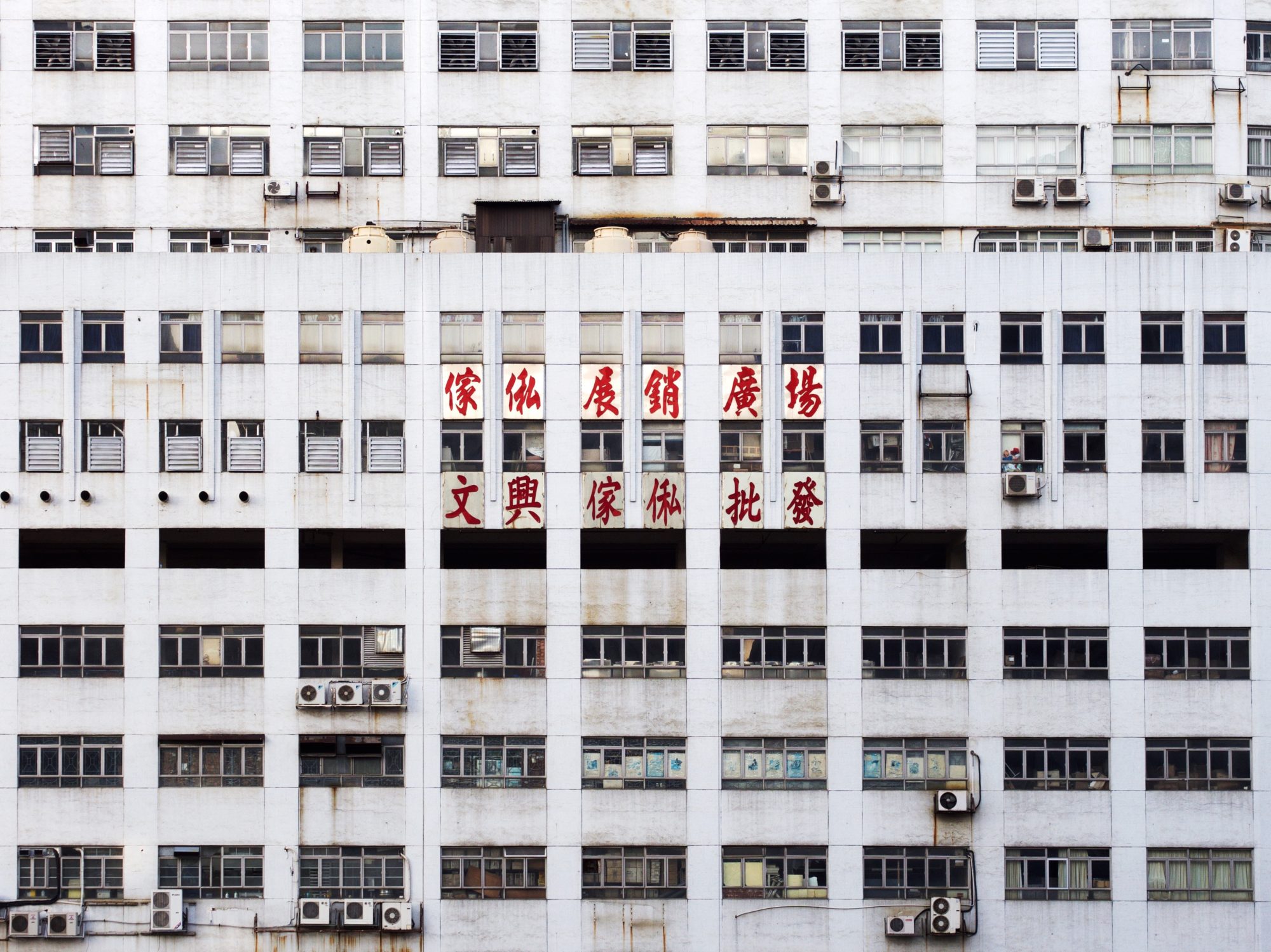As the 2020 presidential campaigns get underway, there’s an important opportunity for the candidates to articulate the mid to long-term Chinese threat to the US public in a way that has not been done previously. Obviously, the potential Chinese threat to US interests is not a new concept – it’s probably the most discussed current issue in the national security community. But that’s the point: while nuanced and informed discussions about the national security implications of a rising China are frequent in foreign policy circles, those same conversations aren’t being had in the public space.
Sure, there’s plenty of public discussion about specific China-related issues we are collectively concerned with – take for example the recent media coverage of Huawei’s interest in our 5G telecom network or the ongoing tariff saga. But ultimately, the totality of the Chinese threat, that is, the sum of the ongoing Chinese efforts as a revisionist power to undermine democratic norms, are largely not realized by the average American citizen.
To be clear, we shouldn’t be talking about the Chinese threat in ways that conjure a new round of the red scare.
Stop someone on the street and ask them what they think is the greatest national security threat and you are likely to hear about terrorism, Russia, North Korea, or Iran before anyone brings up China. Polling data supports this notion: for example, in a January 2019 Pew Research Center Poll, 67% of respondents answered terrorism in response to what should be the top priority for the administration and Congress. In fact, it’s very hard to find any polling focused on the public’s views of China as a threat. We just don’t seem to view China through the same threat lens as the others.
On some level, this makes sense. While terrorists continue to conduct or sponsor attacks, the North Koreans test ballistic missiles, Russia interferes with US elections, and Iran remains bellicose in its rhetoric towards the US, China’s actions are more sophisticated in nature, largely remaining under the radar of what we have historically viewed as threatening activity.
Like the roots of a tree quietly and slowly pushing into a concrete foundation, the Chinese have worked to make inroads into our commercial, financial, and public sectors – primarily through sustained investment and intellectual property theft. This is to say nothing of their foreign efforts – making deals with countries on a range of issues from military basing to energy to telecommunications – or their intelligence efforts, obviously not in public view.
When we discuss these activities as individual actions – as we are prone to do – we run the risk of missing the forest for the trees. The fear is that these individual efforts will one day result in a position of leverage that allows the Chinese to cripple our economy or communications (or maybe both) at the outset of conflict. While this scenario is probably not something that could occur today, if we want to prevent it from being a possibility in the future, we need to collectively make decisions about military and intelligence investments, trade policies, and alliance/partner structures now. It’s for these reasons that a better-informed public on the Chinese threat is essential.
To be clear, we shouldn’t be talking about the Chinese threat in ways that conjure a new round of the red scare. In fact, as candidates work to illuminate the threat in a more holistic manner, they should also be identifying the areas of partnership and diplomacy that might reduce the threat and benefit both nations. Additionally, the public discussion should be nuanced with room for skeptics – those who are optimistic about America’s ability to compete with China and those who take a pessimistic view – as we already see in expert foreign policy commentary.
The 2018 National Defense Strategy highlighted the need for the US to embrace and move towards great power competition with China. If we are to do that, the resources will be on a scale unlike any challenge we’ve faced in recent memory and will require a truly whole of nation approach. A good first step in this transition would be a US public with a clear-eyed view of the true risks and challenges involved.
Kenny Sholes is the Strategic Initiatives Program Manager within the Office of the Director of National Intelligence (ODNI). The views expressed here are his own and are not reflective of the US Government or the ODNI.




















